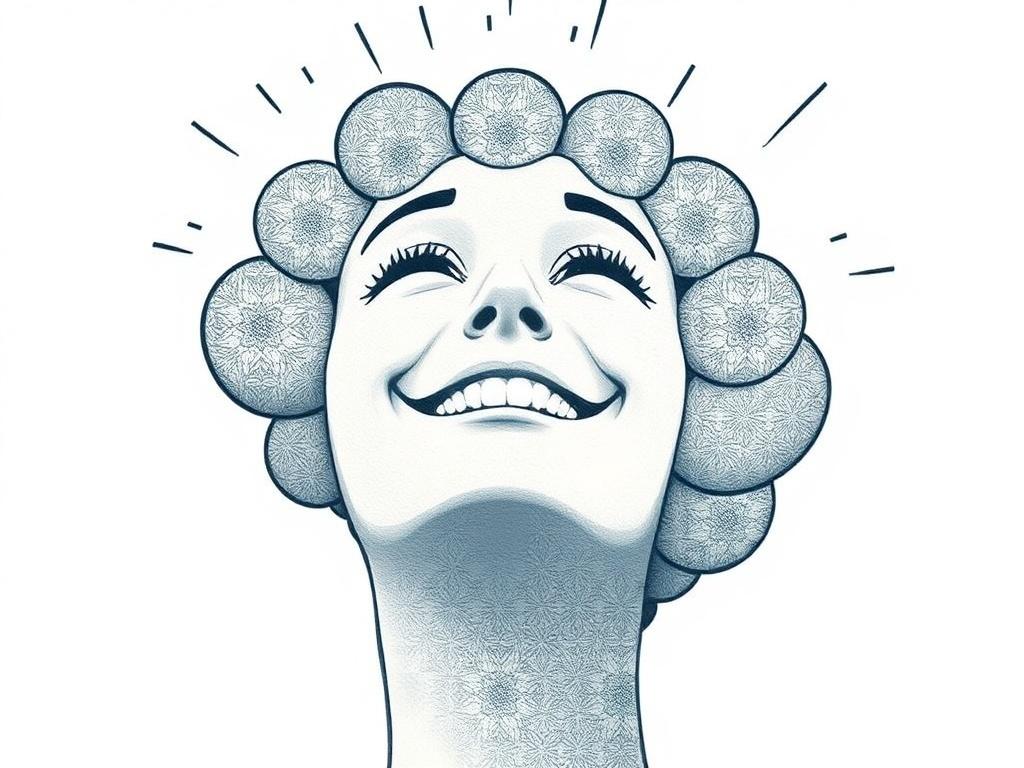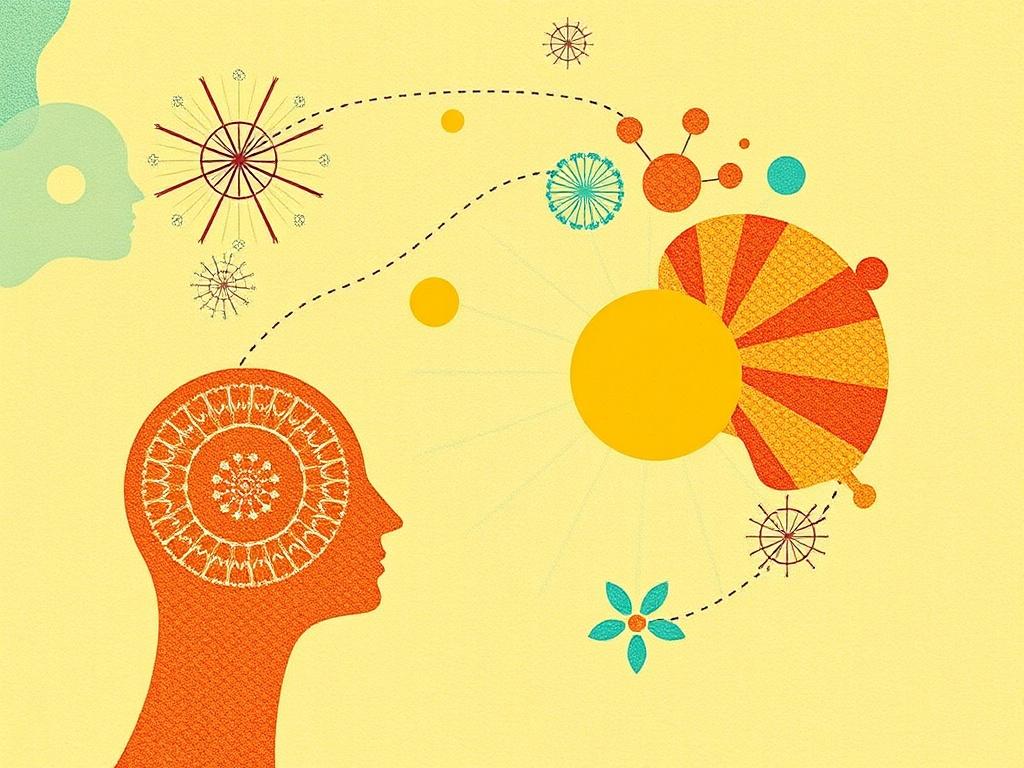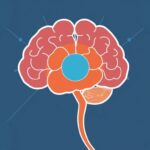Happiness has fascinated humanity for centuries. Philosophers, writers, and thinkers have all pondered what it means to be truly happy. In recent decades, science has joined the quest, diving deep into understanding the complex mechanisms behind happiness. The science of happiness explores everything from the biology of our brains to social connections and everyday habits. It asks critical questions: What makes us feel happy? How do genetics and environment influence our mood? Can we train ourselves to be happier? This article will take you on an engaging journey through the fascinating world where psychology, neuroscience, and sociology intersect—all in an effort to unlock the secrets to lasting happiness.
What Is Happiness? More Than Just a Feeling

When we say “happiness,” many imagine a fleeting moment of joy, perhaps witnessing a beautiful sunset or laughing with friends. But happiness is more than brief emotional highs. In the science of happiness, it is often defined as subjective well-being—how people experience and evaluate their lives overall. This includes emotional reactions (positive or negative feelings) and cognitive judgments (how satisfied people feel with their life).
The Two Dimensions of Happiness
Researchers typically divide happiness into two key components:
- Hedonic happiness: This is about pleasure and immediate gratification—the highs and lows of everyday emotions.
- Eudaimonic happiness: A deeper, more lasting sense of fulfillment tied to meaning and purpose in life.
While a piece of chocolate or a fun event may boost hedonic happiness momentarily, activities that contribute to eudaimonic happiness, like pursuing goals or building meaningful relationships, have shown to create more lasting satisfaction.
The Brain and Biochemistry of Happiness
Behind every smile and burst of laughter sits complex neural machinery. The brain’s chemistry plays an essential role in how we experience happiness.
Key Neurotransmitters Involved in Happiness
The science of happiness often points to several crucial neurotransmitters, which are chemicals that transmit signals in the brain:
| Neurotransmitter | Role in Happiness | Associated Activities or Triggers |
|---|---|---|
| Serotonin | Regulates mood, social behavior, and sense of well-being | Exposure to sunlight, exercise, and certain diets |
| Dopamine | Associated with reward, motivation, and pleasure | Achieving goals, receiving positive feedback |
| Oxytocin | Linked to bonding, trust, and social connection | Physical touch, social interactions, kindness |
| Endorphins | Pain relief and feelings of euphoria | Exercise, laughter, spicy food |
Understanding this biochemistry helps demystify how certain actions and habits can literally boost happiness by changing brain chemistry.
Genetics, Environment, and the Happiness Set Point

Is happiness something we’re born with, or is it shaped by what happens around us? The answer is both.
The Happiness Set Point Theory
Research suggests that each person has a genetically influenced “set point” of happiness. Think of it like a baseline mood. Life events—both good and bad—can nudge someone above or below this set point temporarily, but over time people tend to return to their baseline. For example, winning the lottery might cause a short-term spike in happiness, but many winners revert to their baseline happiness within months or years.
How Much Do Genetics Weigh In?
Studies on twins, especially those raised apart, show that about 40-50% of our happiness is influenced by genetics. This means nearly half of our happiness is hardwired, but the rest is shaped by our environment, choices, and mindset.
Environmental Factors Influencing Happiness
- Relationships: The quality and quantity of our social connections consistently predict happiness.
- Income and Material Wealth: While necessary to a degree, above a certain level, money has surprisingly little impact on happiness.
- Cultural and Societal Influences: Living in societies with high trust, equality, and support leads to higher average happiness levels.
- Daily habits and routines: Activities like regular exercise, sleep, and mindfulness contribute significantly to well-being.
How Social Connections Shape Our Happiness
One of the strongest and most consistent findings in the science of happiness is that humans are fundamentally social creatures. Meaningful relationships—be they with family, friends, or communities—fuel our sense of belonging and purpose.
Why Relationships Matter
Social connections provide emotional support, reduce stress, and encourage healthy behaviors. When people feel connected, their brains release oxytocin, boosting trust and bonding. Conversely, loneliness has been linked to depression, anxiety, and even physical health problems.
Building Social Happiness: What Science Suggests
If relationships are so vital to happiness, how can we intentionally cultivate stronger social ties? Science suggests focusing on:
- Quality over Quantity: Deep, meaningful interactions matter more than numerous shallow ones.
- Acts of Kindness and Gratitude: Expressing appreciation strengthens bonds.
- Active Listening: Truly paying attention fosters closeness.
- Shared Experiences: Doing activities together builds memories and connection.
Habits and Practices to Increase Happiness
The good news in the science of happiness is that while genetics may set the stage, we can take charge of many factors. Incorporating simple habits into daily life can gradually, but powerfully, elevate well-being.
1. Gratitude Journaling
Keeping a journal to regularly jot down things you are thankful for can shift focus away from negativity and foster positive emotions. Research shows gratitude exercises can increase happiness and reduce symptoms of depression.
2. Mindfulness and Meditation
Practices that cultivate present-moment awareness reduce stress and boost happiness. Meditation has been shown to change brain areas related to emotion regulation and self-awareness.
3. Exercise
Physical activity releases endorphins, reduces anxiety, and improves sleep—key ingredients for happiness. Even moderate daily movement, like walking, makes a difference.
4. Acts of Kindness
Helping others triggers dopamine and oxytocin release, creating what scientists call the “helper’s high.” Volunteering or simply performing small kind acts boosts both giver and receiver happiness.
5. Setting and Pursuing Goals
Having meaningful goals provides a sense of purpose and direction, feeding into eudaimonic happiness. The progress itself, not just the achievement, enhances well-being.
Summary Table of Happiness Habits
| Habit | Effect on Happiness | How to Incorporate |
|---|---|---|
| Gratitude Journaling | Increases positive emotions and shifts mindset | Write 3 things you’re grateful for daily |
| Mindfulness Meditation | Reduces stress and promotes emotional balance | Practice 10 minutes/day with guided apps |
| Exercise | Elevates mood and boosts physical health | Walk, bike, or workout regularly |
| Acts of Kindness | Enhances social connection and goodwill | Volunteer or help someone weekly |
| Goal Setting | Fosters sense of purpose and motivation | Set SMART goals and track progress |
The Role of Positive Psychology in Happiness Research
Positive psychology is a relatively new branch of psychology focusing not just on treating mental illness but on cultivating strengths and well-being. It has transformed how scientists approach happiness by highlighting the importance of positive emotions, resilience, and human flourishing.
Key Findings from Positive Psychology
- Happiness is a skill: We can train our brains through intentional practices.
- Resilience matters: The ability to bounce back from adversity is crucial for long-term happiness.
- Flow state: Engaging deeply in activities where skills match challenges leads to peak enjoyment.
- Optimism and hope: Maintaining a hopeful outlook correlates with better mental and physical health.
Challenges and Myths in the Pursuit of Happiness

Despite the science, many myths linger. For example, people often think that money, possessions, or fame automatically lead to happiness, but this is only partially true. The “hedonic treadmill” explains how we quickly return to a baseline level of happiness after big changes in wealth or status.
Common Misconceptions
- Happiness means no negative emotions: Experiencing sadness or anger is natural and sometimes necessary for growth.
- Happiness is a constant state: Emotions are fluid; it’s normal to have ups and downs.
- Material success equals happiness: Beyond basic needs and security, more material wealth brings diminishing returns.
Being aware of these myths helps us set realistic expectations and develop a healthier relationship with happiness.
Technology, Social Media, and Happiness
In today’s digital age, technology and social media shape how we interact and feel. Science of happiness studies are exploring how these platforms impact well-being.
The Double-Edged Sword of Social Media
On one hand, social media can help maintain connections and offer social support, especially for people in remote or isolated areas. On the other hand, it can foster envy, loneliness, and comparison. People tend to share highlight reels rather than real struggles, which can distort perceptions and decrease happiness.
Tips for Healthy Digital Habits
- Limit screen time and set boundaries
- Engage meaningfully rather than mindlessly
- Use social media to connect, not compare
- Take regular digital detoxes to recharge
Happiness Around the World: Cultural Perspectives
Happiness also has a cultural dimension. Different societies define and value happiness in unique ways, influenced by history, religion, and social norms.
Comparing Happiness Across Countries
Global surveys, like the World Happiness Report, measure how people rate their own happiness in various countries. Generally, countries with robust social safety nets, low corruption, and high trust report higher happiness scores.
Elements Influencing Happiness Globally
| Factor | High-Happiness Countries | Low-Happiness Countries |
|---|---|---|
| Social Support | Strong community ties and family networks | Fragmented or unstable social structures |
| Economic Stability | Lower inequality and reliable incomes | High poverty and economic uncertainty |
| Freedom and Trust | High levels of political freedom and trust in institutions | Authoritarian regimes and mistrust |
| Health and Well-being | Access to quality healthcare and education | Limited healthcare and high disease incidence |
Understanding these cultural aspects reminds us that happiness is not just individual but deeply collective and systemic.
Conclusion
The science of happiness offers a rich, nuanced view of what it means to live a joyful, meaningful life. Far from being just a fleeting feeling, happiness is a multifaceted construct influenced by our brain chemistry, genetics, environment, habits, and relationships. While some parts of our happiness are set in our biology, many more are within our grasp to shape and improve. By cultivating positive social connections, adopting healthy habits like gratitude and mindfulness, and understanding the role of culture and mindset, we can all tip the scales toward a happier existence. The journey is ongoing and ever-evolving, but armed with science, the quest for happiness is more accessible and exciting than ever before.




















